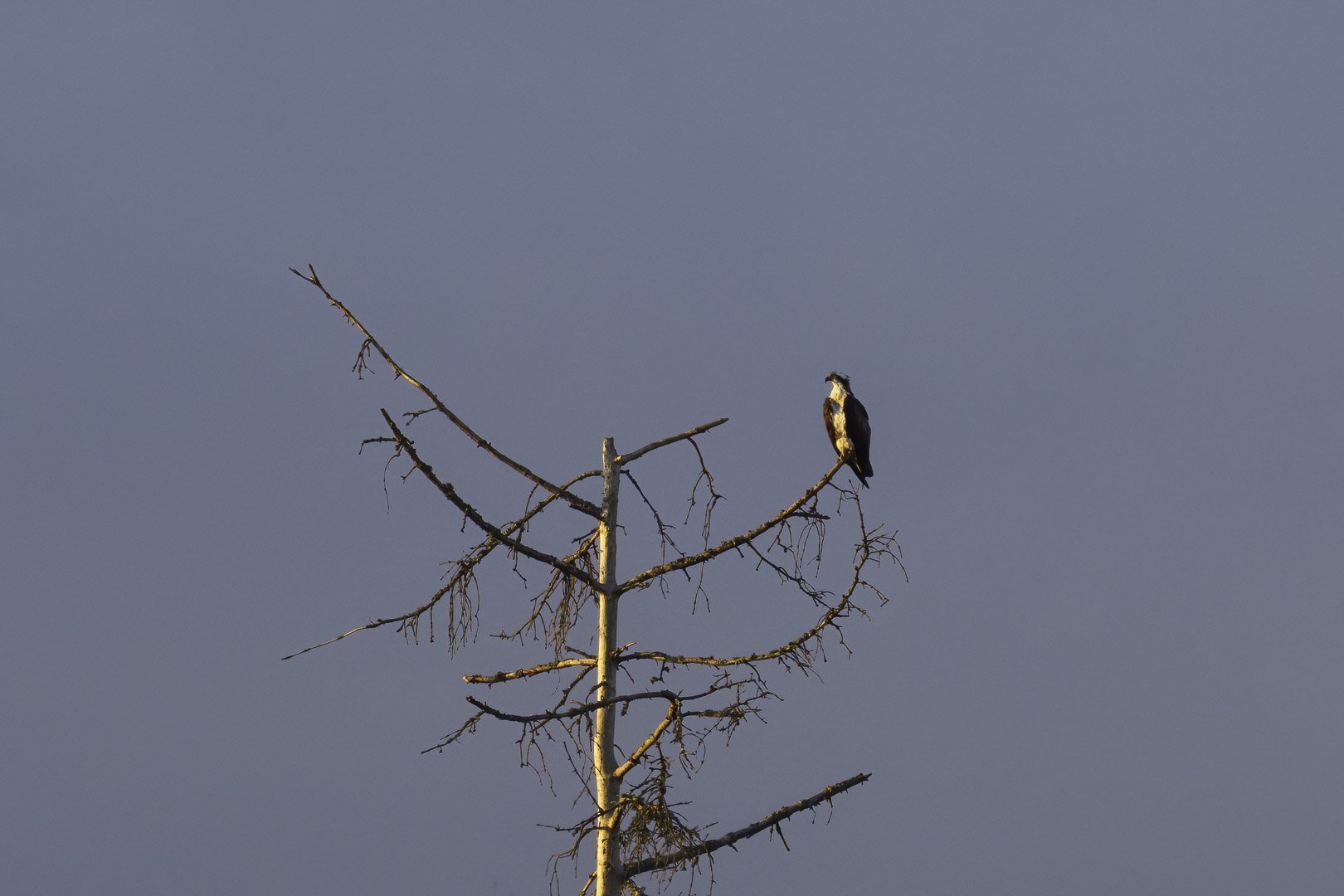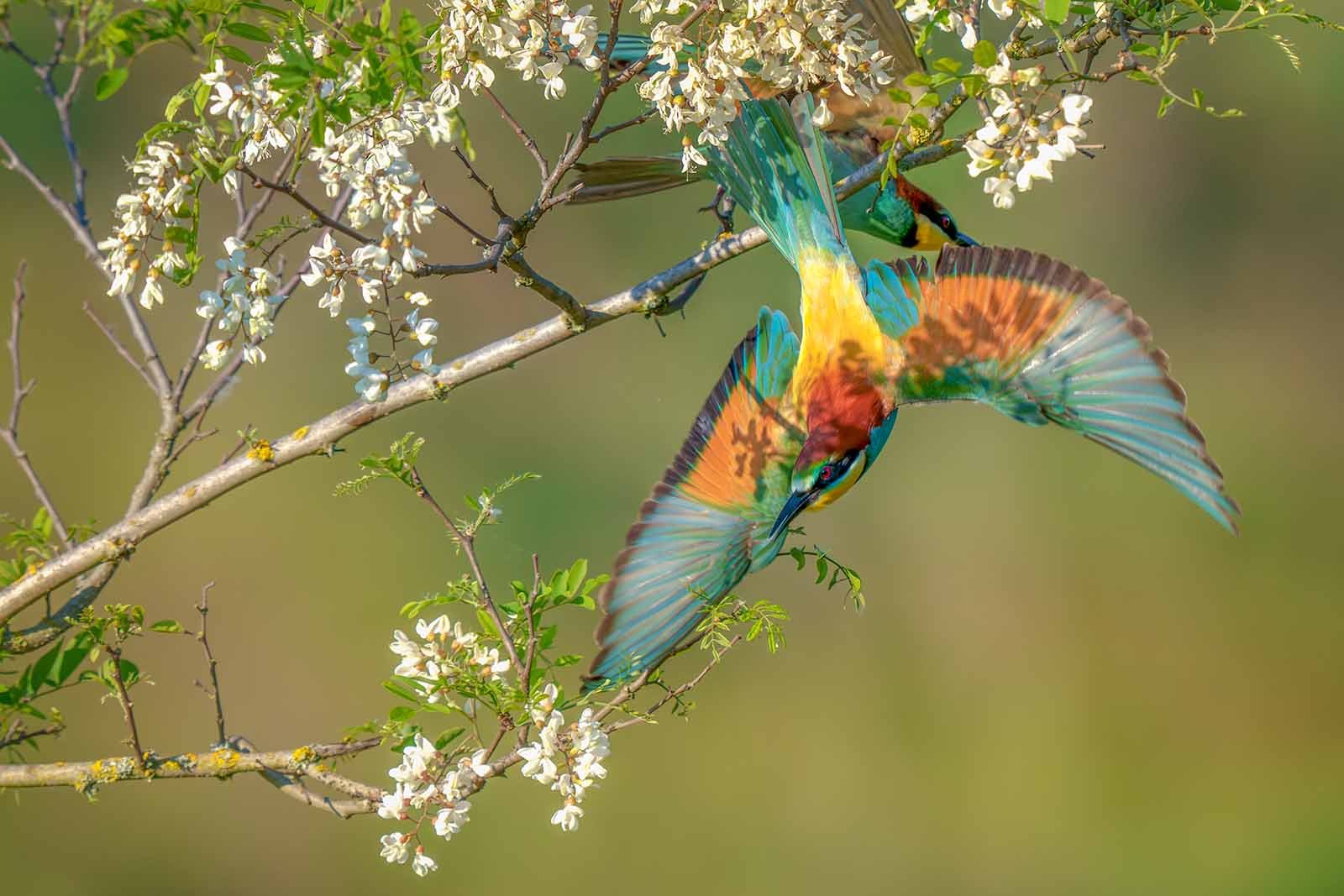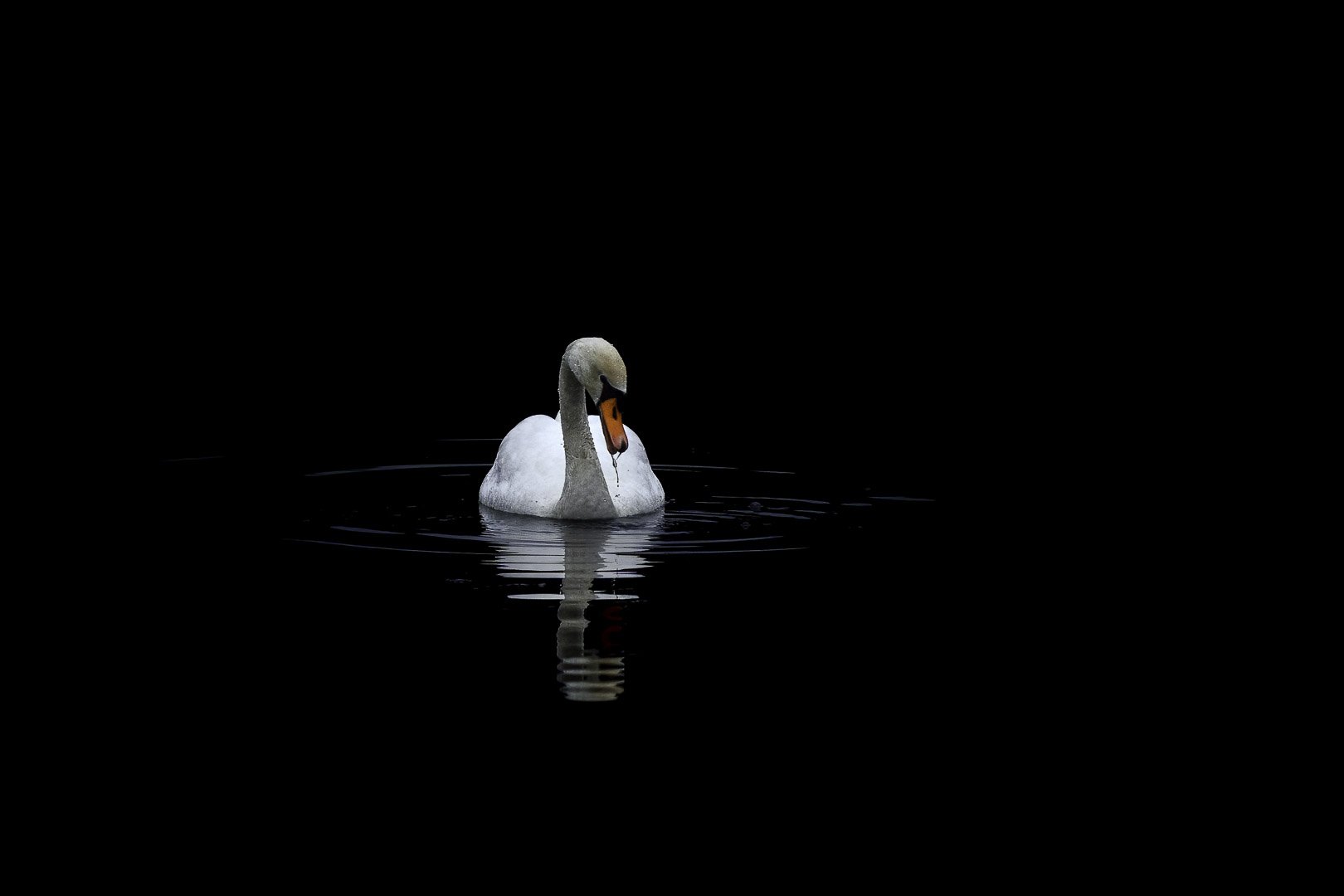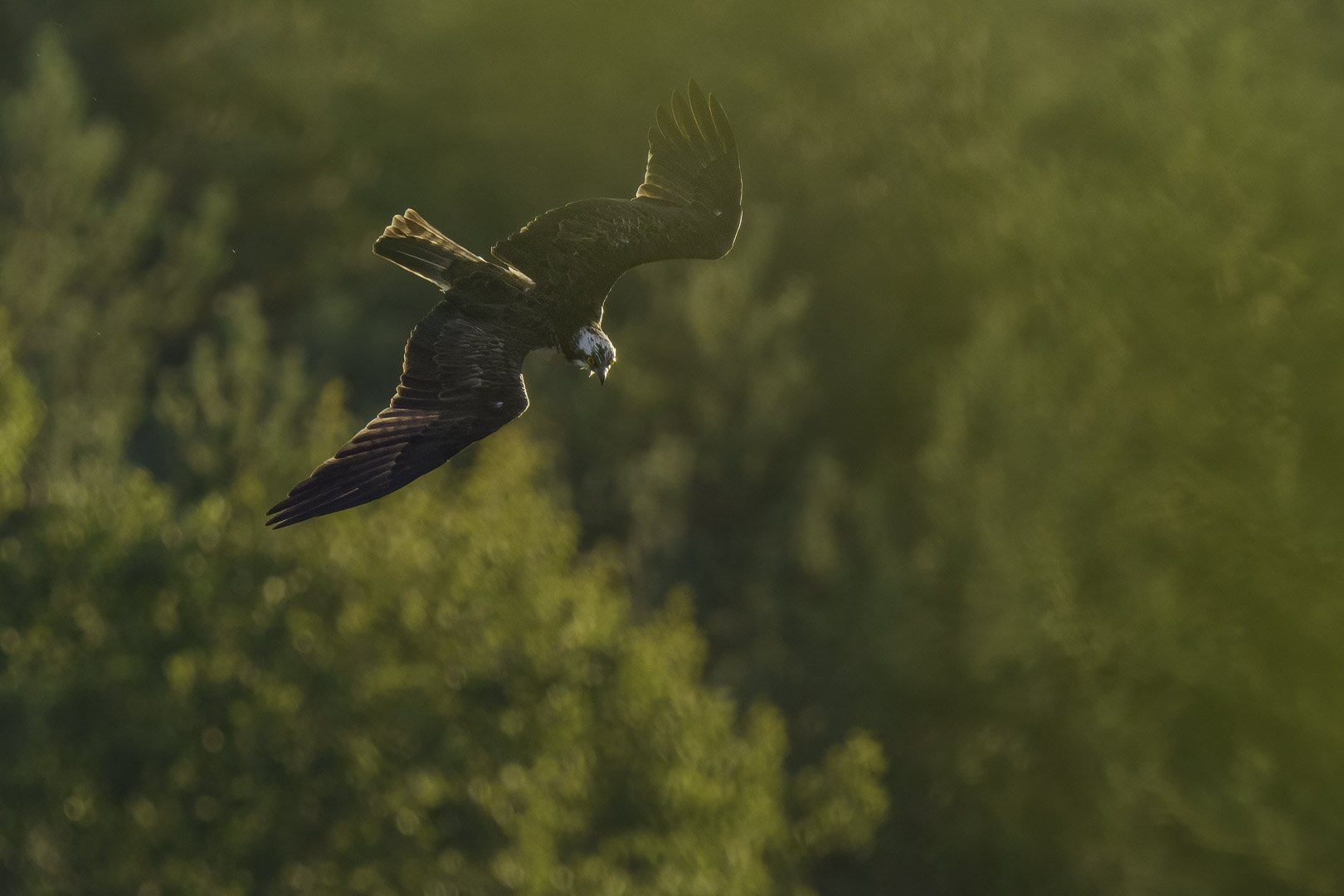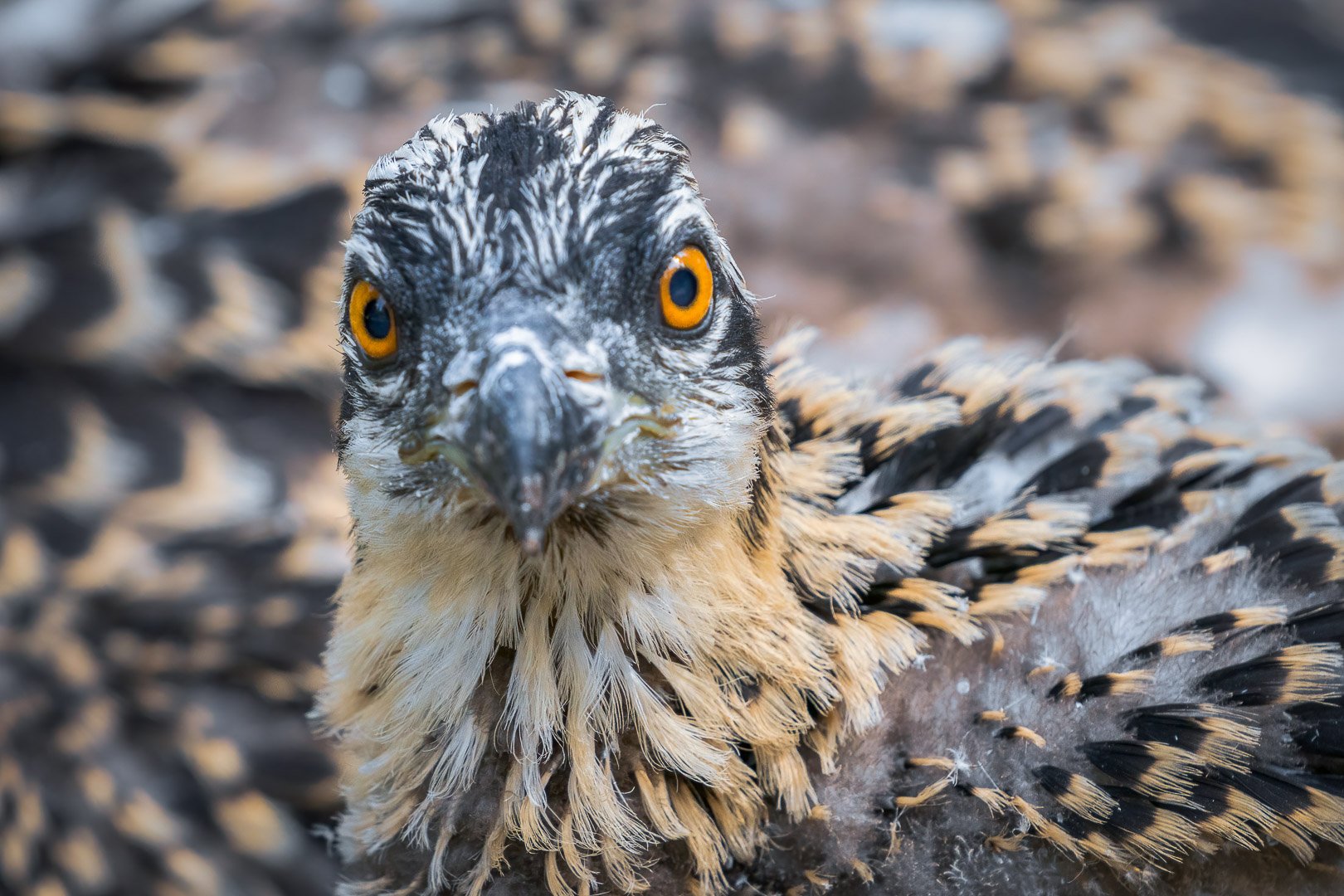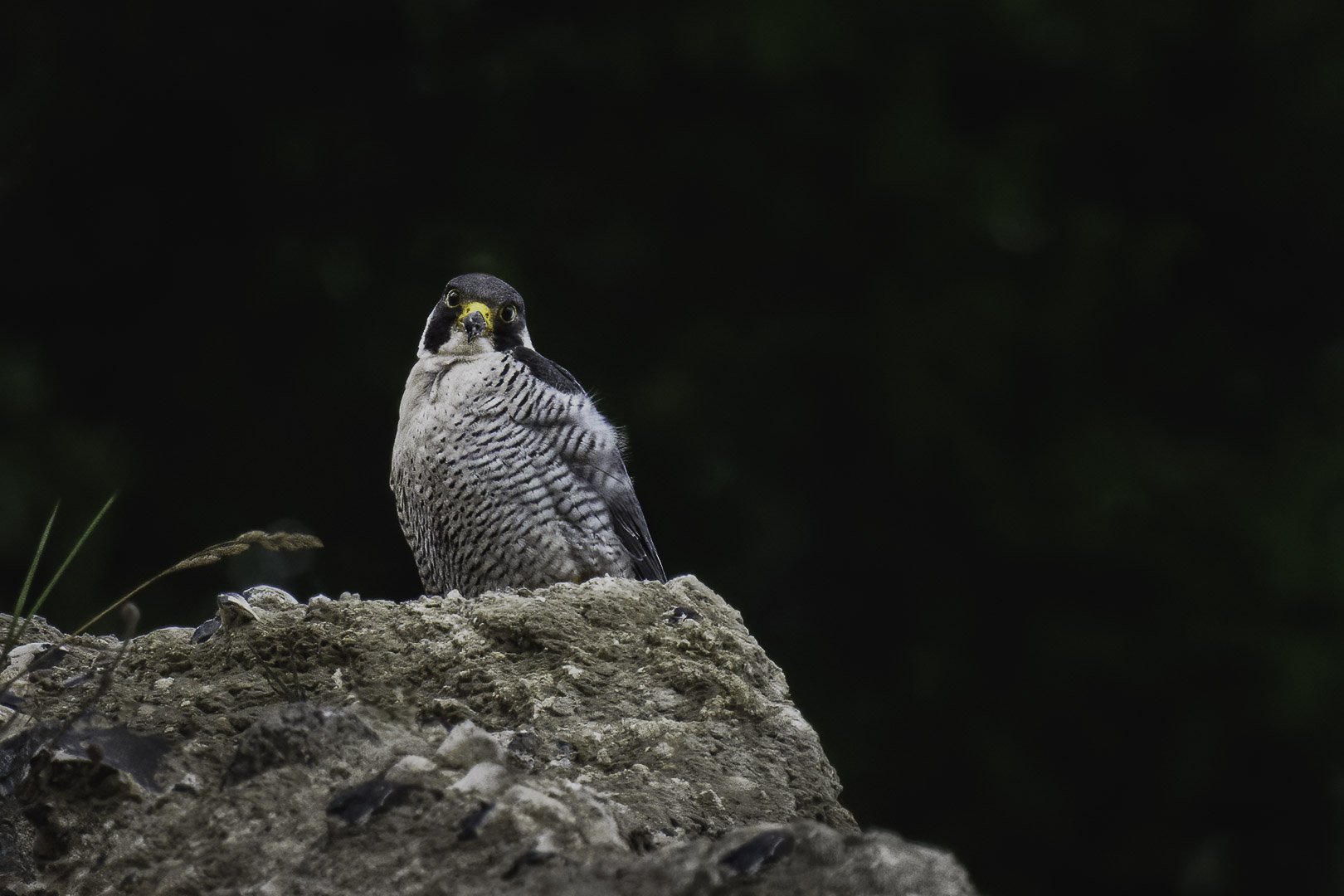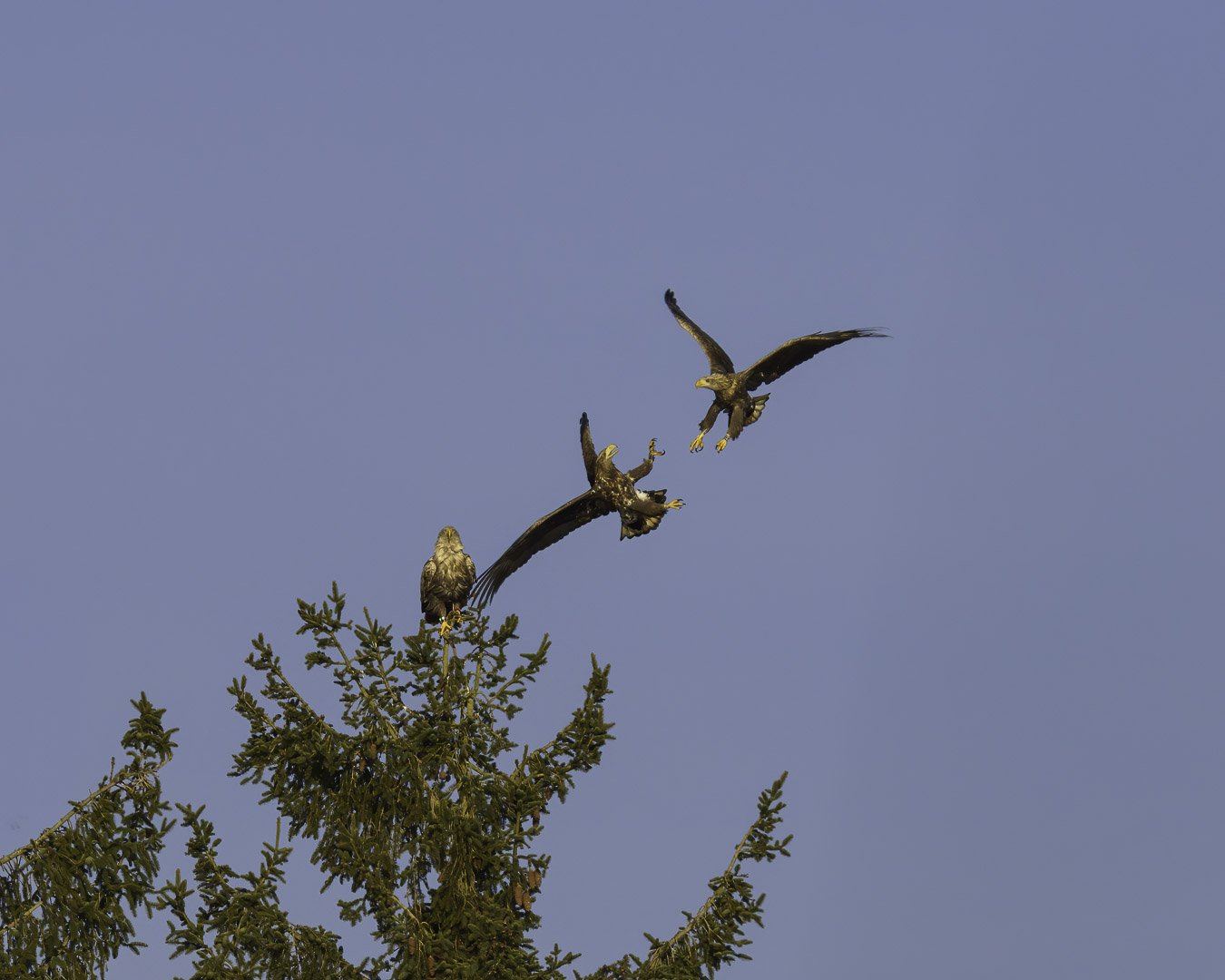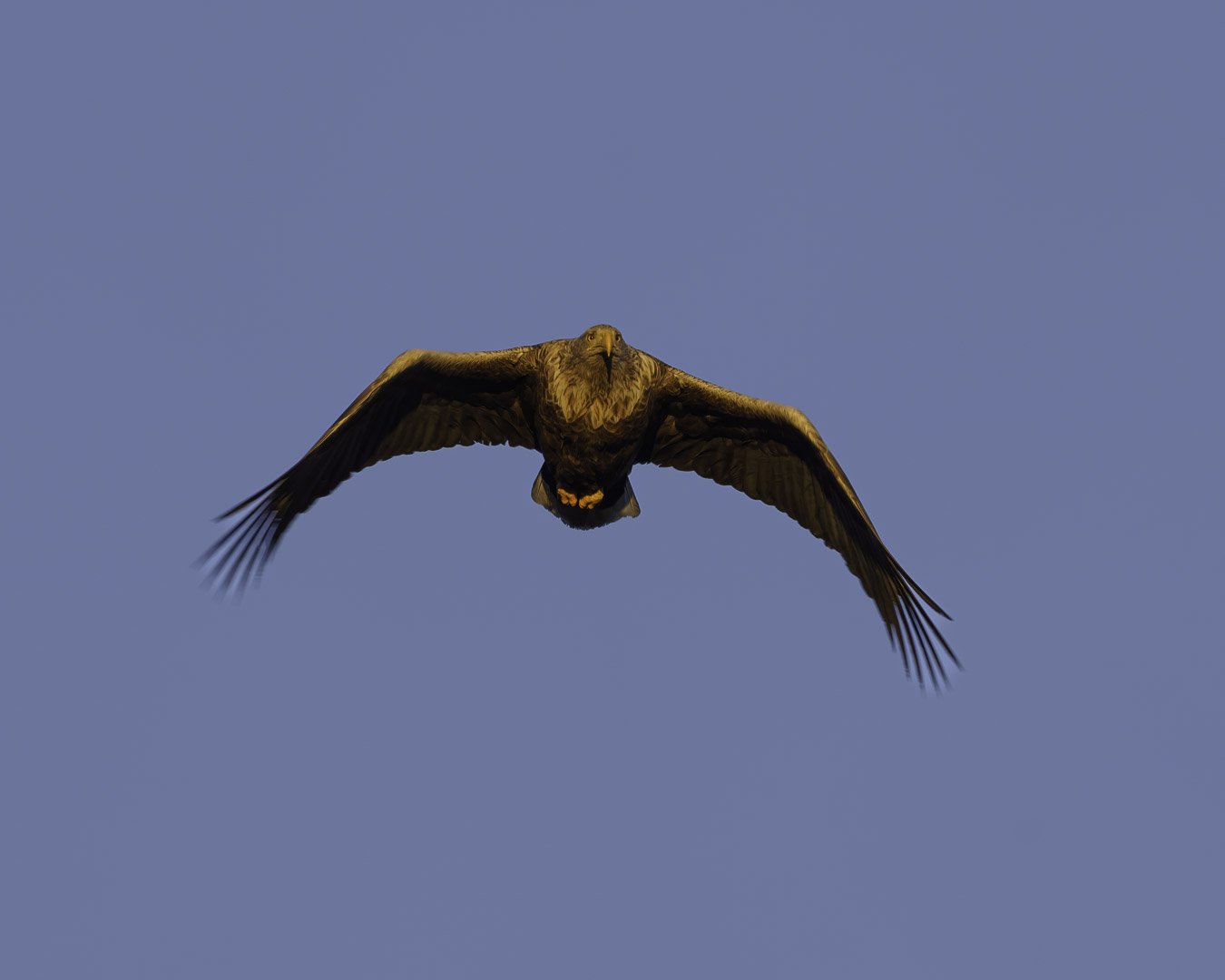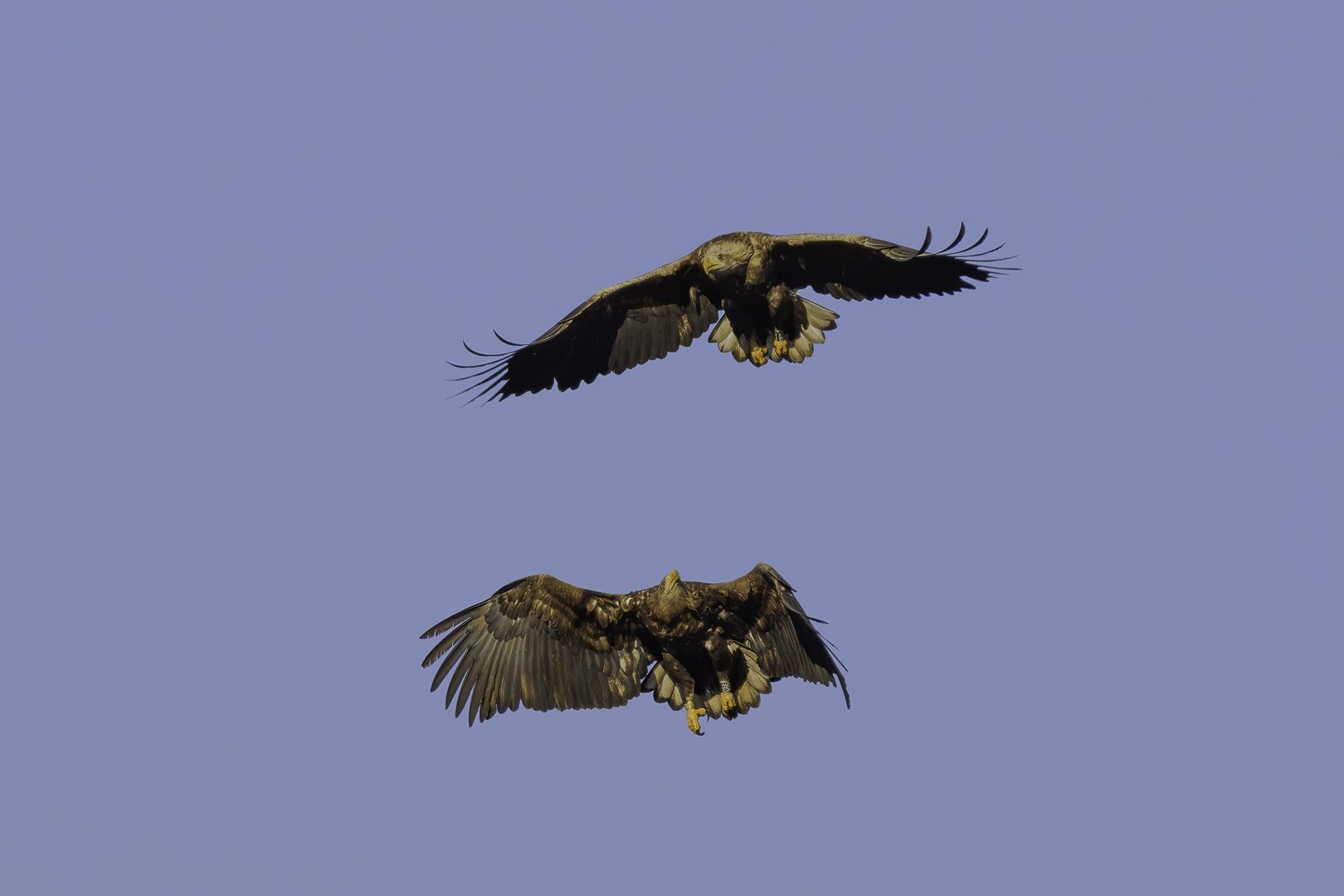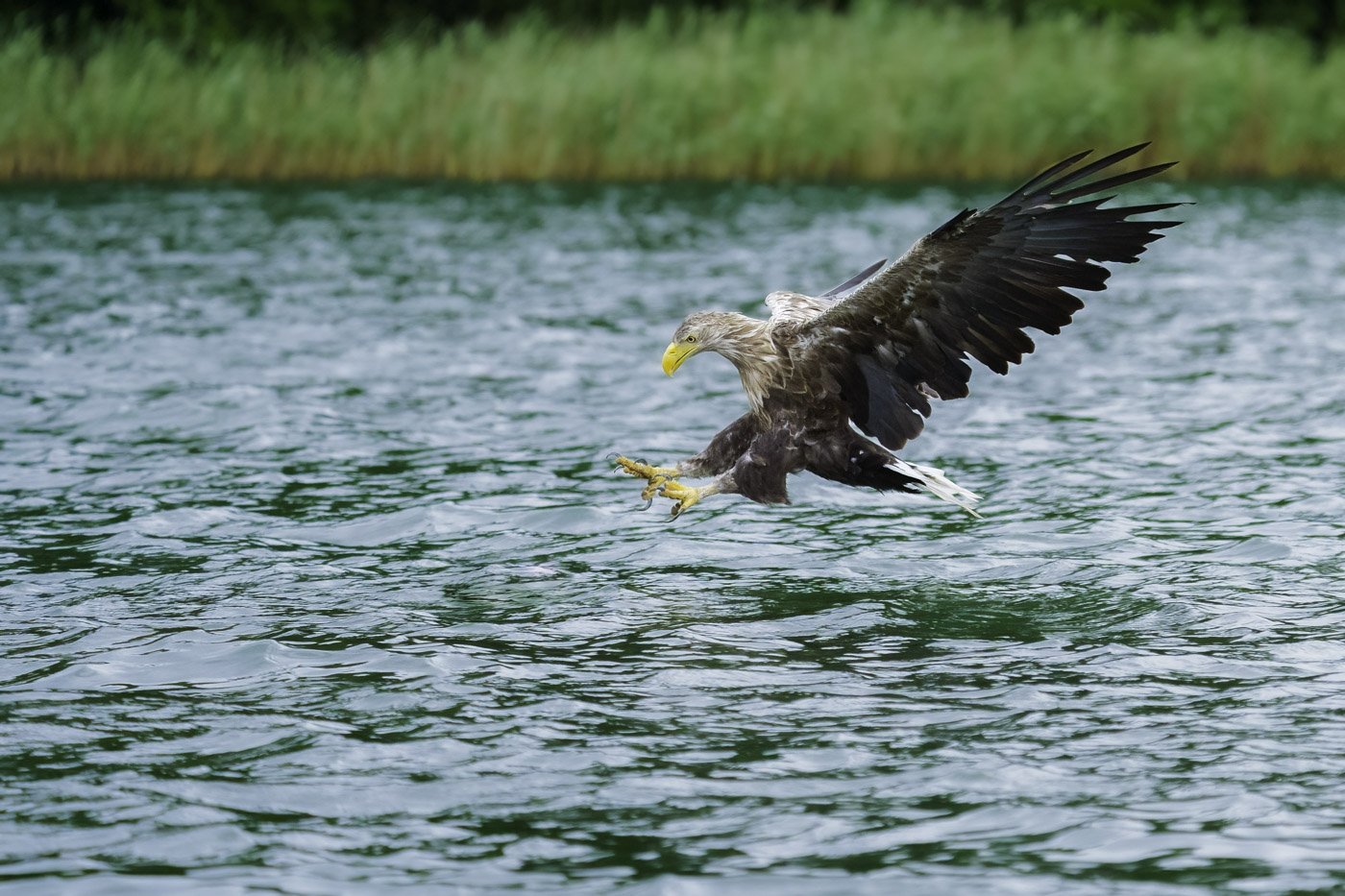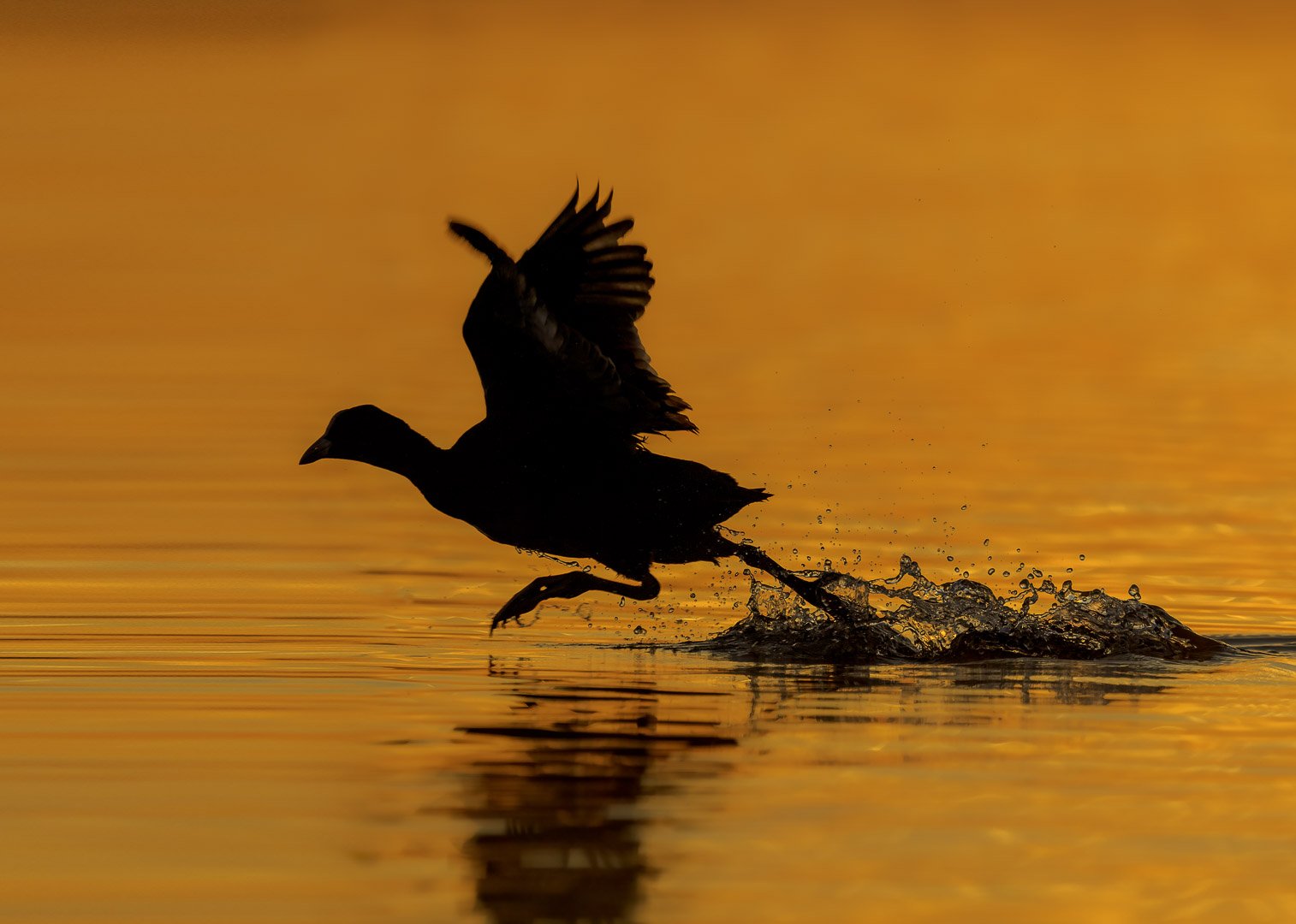Osprey of the Bavarian Upper Palatinate - Video
Male osprey in a dive at sunrise
Not every birding year is the same!
Last weekend, I finally had time to edit and process my osprey video footage. At least one of the recordings, and I definitely want to share it with you.
This year, I planned to create videos focusing on ospreys, but unfortunately, this year has been anything but positive in that regard. I know every year is different; just because last year went well doesn't mean the following year will be the same. However, my confidence was based on the breeding pair I documented in 2021, planning to film them in 2022. The chances are excellent that if a breeding pair chooses a location, they will return there repeatedly.
Every year, this can be observed with the osprey breeding pair in Eschenbach. The nest is equipped with a webcam that has been broadcasting the breeding activities for several years. Webcam Link
Osprey Hunting in the Bavarian Upper Palatinate - Slow Motion
Unfortunately, the breeding pair I observed in the Bavarian Upper Palatinate abandoned their nest in May. The reasons are unclear. The caretakers (NABU), to whom I have been reporting my observations for about three years, were able to determine through pictures from a wildlife camera installed at the nest that the adult birds were no longer breeding there. The question was, where are the two birds, as they usually remain nearby in such cases.
In 2022, I only saw the pair together once, when they returned from their winter quarters in the Upper Palatinate. Thereafter, I saw only the male for a few weeks, and then not even him. In 2022, the food supply at other lakes was probably better. Seeing only the male during the breeding season is typically not unusual, as the male is responsible for food procurement while the female stays at the nest.
I spent several weekends at my vantage point unsuccessfully—no ospreys in sight. Then, at the end of June, I spotted an osprey, but it was too far away to identify whether it was one of the missing pair.
Four weeks ago, I finally had some luck and was able to photograph an osprey. Based on the ring on its leg, I identified it as the male, Seppi (as my wife and I named him in 2020). However, there was no trace of the female. I visited my vantage point every weekend afterward, but to no avail—only the male occasionally appeared.
It seemed as though something had happened to the female, a suspicion reinforced by conversations with the caretakers (NABU) and other photographers, who also only saw the male. It's sad and disheartening; when you observe these animals for so long, you form a bond with them, making such losses even more impactful.
Last weekend, the male again attempted to hunt near my vantage point. He came relatively close and made several attempts, but always without success. I was able to take some photos and videos, which also revealed why the osprey had shifted its hunting grounds to other waters.
The osprey's misfortune was my luck, allowing me to capture these wonderful shots.
I hope you enjoy them as much as I do.



